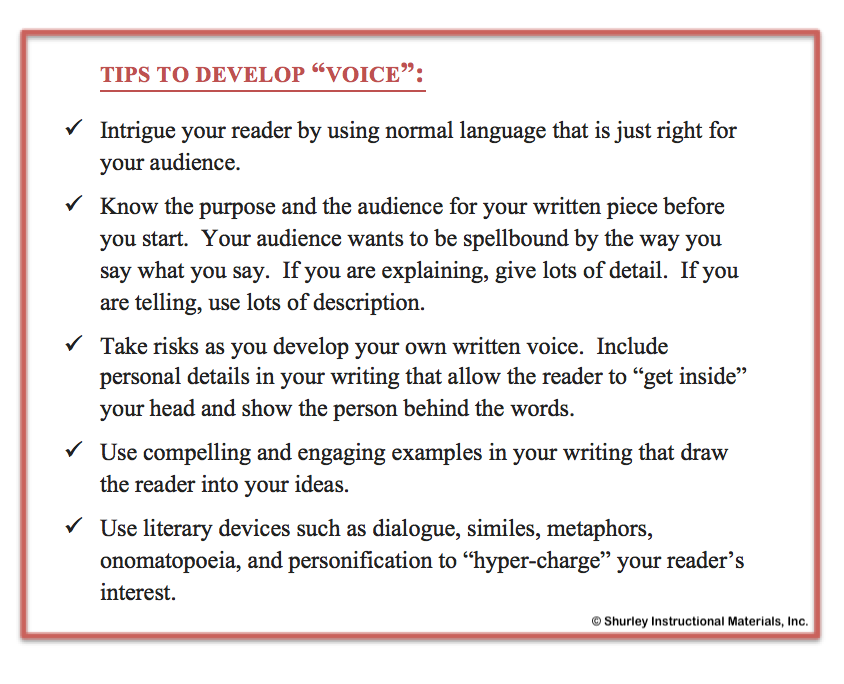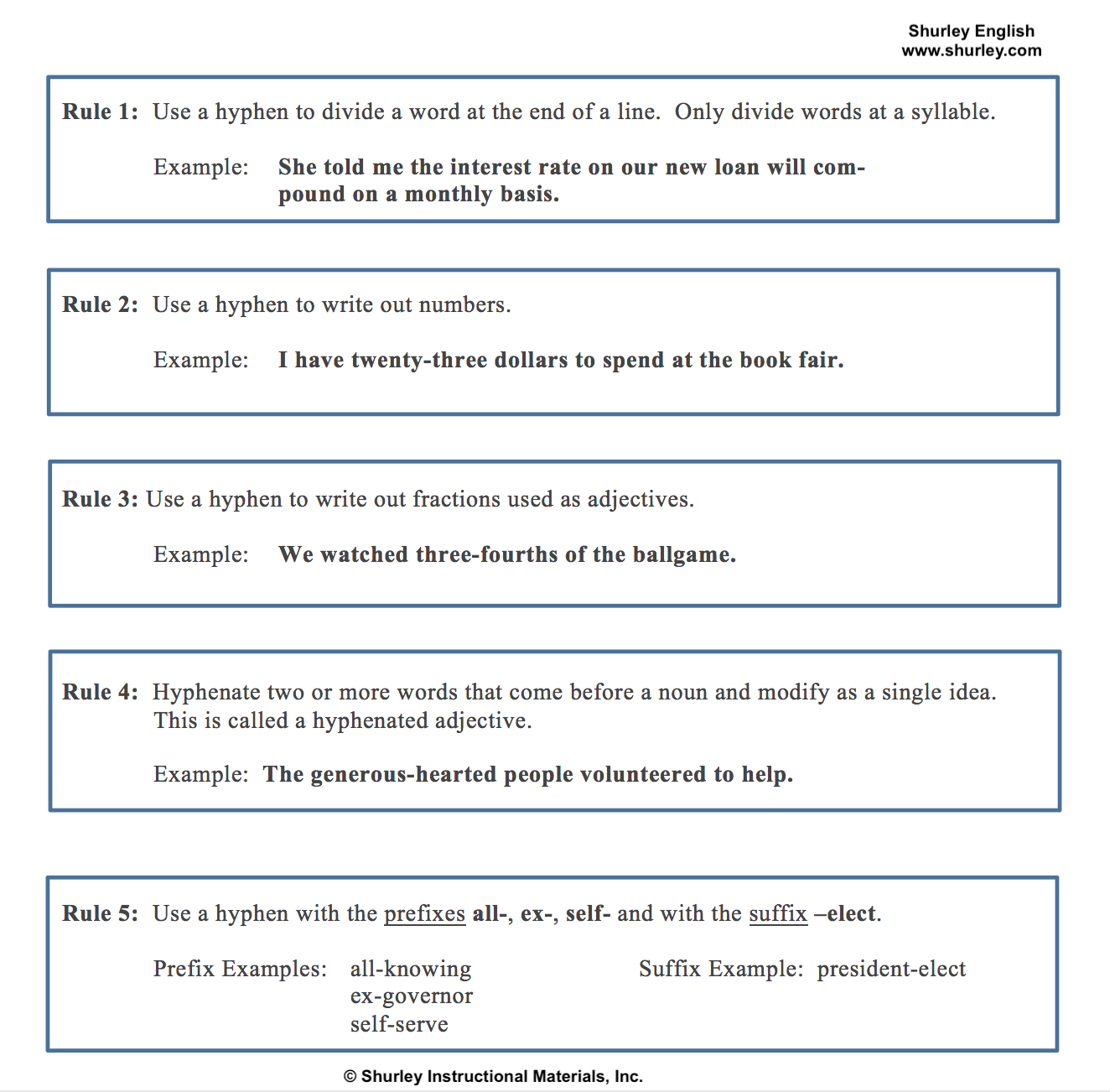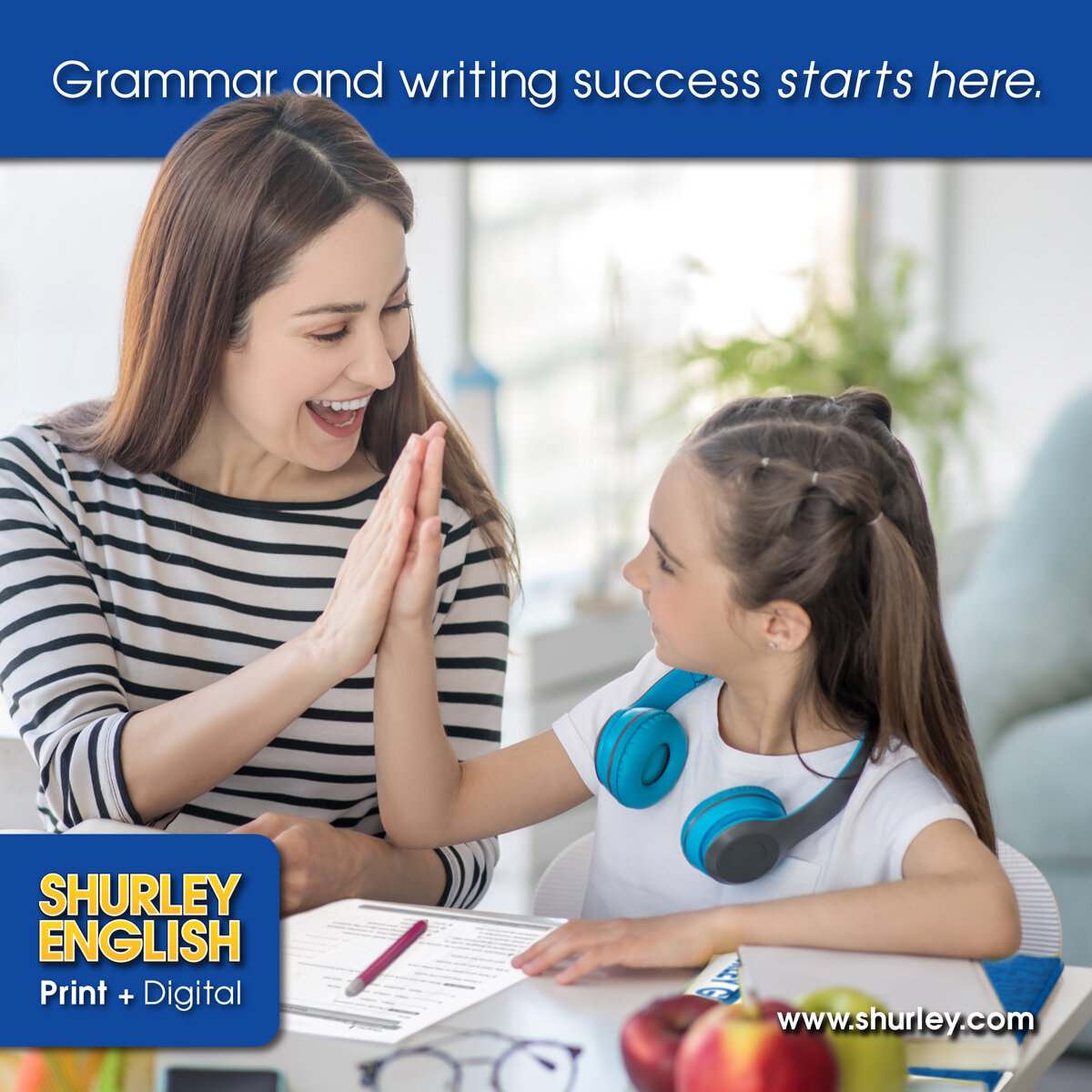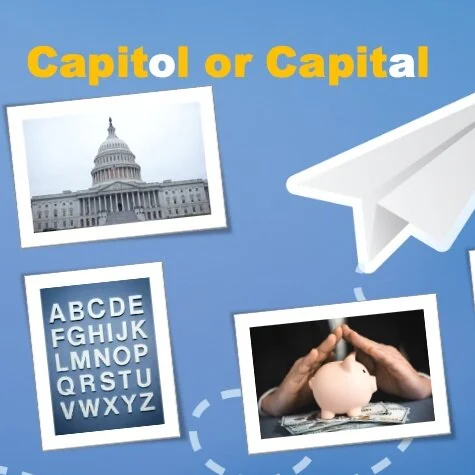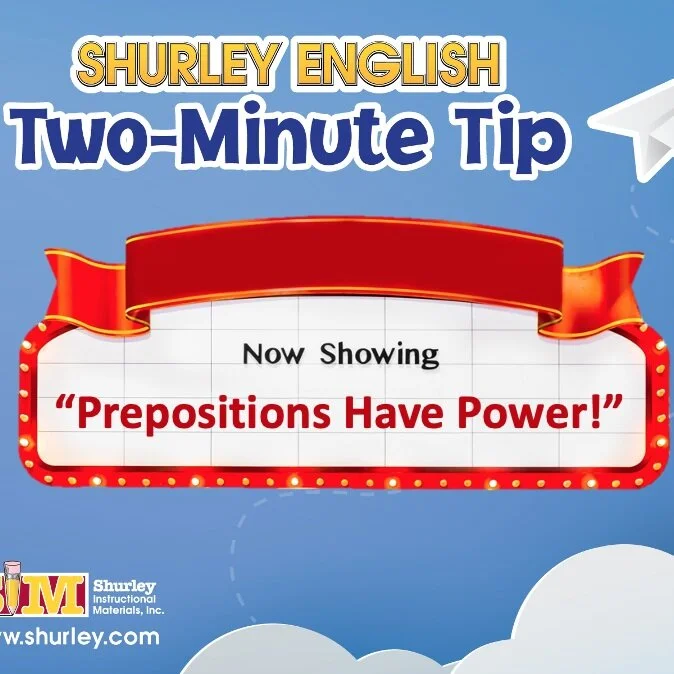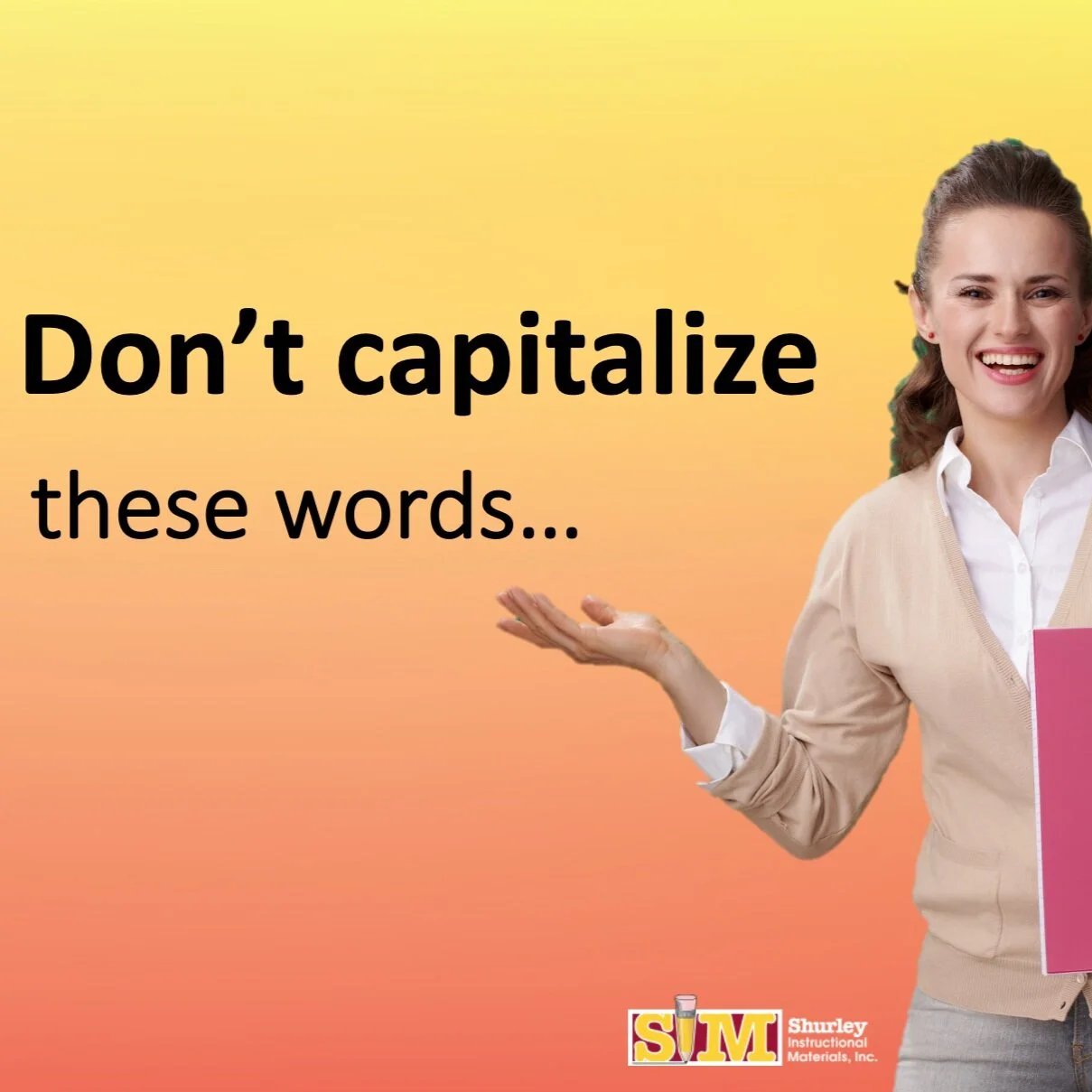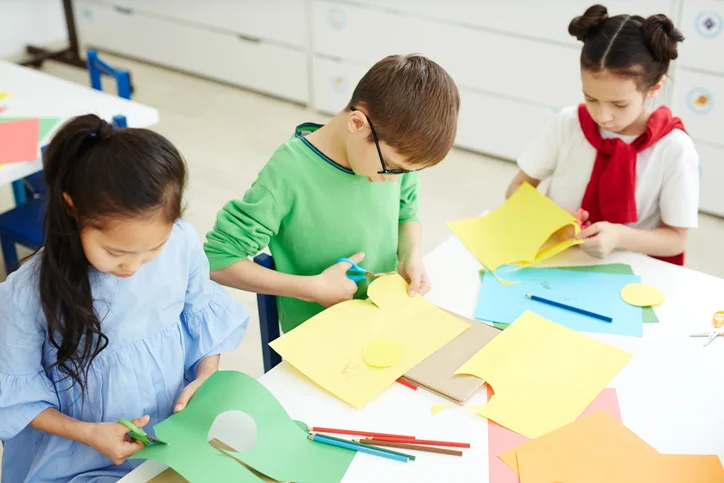When you think of testing, do any of these statements come to mind?
“I want to see what my students have learned at the end of each chapter.”
“I want to make sure I’m teaching effective lessons.”
“My administrator says I have to have a certain number of scores in my grade book.”
“I’d like to see the strengths and weaknesses of each student so I can know how to differentiate my instruction.”
We’re all familiar with national standardized testing, the numerous true/false or multiple choice tests a teacher gives throughout a school year, along with the benefits these assessments can provide. One school of thought says that assessments are a key component of learning because it helps students see how well they understand subject specific material. Others say assessments can help motivate students. Still, testing often feels like a necessary evil that all teachers must do to show evidence that students have learned the content teachers worked so hard to teach.
I’d like you to consider looking at the way you assess your students through a different lens. What if your student assessments consisted of noting missed cues while a child reads from a real book; recognizing correct or incorrect grammar usage and punctuation in a student’s essay or hypothesis in Science; or the actual act of using measurement to build a raised garden bed as opposed to solely using typical paper, true/false, or multiple choice assessments? Assessments do come in all forms!
If you’re differentiating your instruction for students in the classroom, then differentiating the way your students are assessed is a strategy for best practice. To me, it makes sense why, in school, I thrived with hands-on and oral work, but struggled taking paper tests; I’m still a horrible paper test-taker, but ask me to “show” you how something applies to a real life scenario, and I’ll nail it all day long. That’s what a REAL Assessment or Authentic Assessment is all about! You might have heard the terms, Performance Assessment, Alternative Assessment, or Direct Assessment-all common names for the Authentic Assessment. These kinds of assessments ask students to demonstrate the knowledge and skills they’ve learned when applying them to real-world tasks— then measuring their performance against a set of pre-determined criteria in the form of a rubric. REAL Assessments value the thought behind the work and the process, as much as the finished product.
So, before you start planning all of your paper tests, consider learning more about and creating a real, authentic assessment. Your students will welcome the opportunity to show their knowledge in a new way!
“Not everything that counts can be counted and not everything that can be counted, counts." -Albert Einstein
-You have just read part one of a series on Authentic Assessments. Are you ready for part two? Click here.









